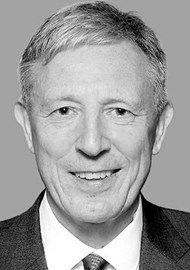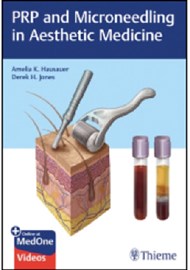Platelet rich plasma (PRP) makes sense scientifically. Platelets are a bit like biological robots. They do not have a cell nucleus, but they do have a program which directs them to surveil blood vessel walls and, in particular, to respond to damage to a vessel wall that results in haemorrhage.
They are gregarious creatures and if a problem is flagged up the leading platelets will adhere to the damaged wall, they will become activated and start to pass out signalling proteins to attract other platelets to rush along and join in the aggregation, the plugging of the leak. Platelets have been observed to climb over each other in their excitement to get involved. They have quite a generous processing power in terms of production of cytokines, chemokines, inflammatory modulators and of course platelet derived growth factor. So, in nature platelets are busy, versatile and involved in both wound healing and also immunology. They are normally circulating in blood, which is plasma and red and white blood cells. A sample of whole blood can be simply separated by centrifugation on the basis of size of particle. Cells are large and go to the bottom of the tube leaving the plasma and the non-cellular fragments, i.e. the platelets. It is not quite that simple because it is necessary to increase the number of platelets in the platelet rich plasma.
All of this is explained in the opening chapter of this interesting and useful book. The chapters are held together in a simple format with an abstract, key words, key points and then introduction, important points and a conclusion. The important points are listed, and it does make the whole text easy to search. The text is organised in three sections; part one is the introduction to PRP, part two is an introduction to microneedling and part three looks at combination treatments, complications and other considerations such as skin colour and safety.
Microneedling has been used by dermatologists and beauticians for some time. Solid core needles penetrate the skin for up to 1-3mm. This is regarded as a non-invasive treatment with low risk and so in some areas, Hong Kong for example, it can be given by non-medically registered practitioners. The distinction is made with hollow bore needles and treatments involving such needles, toxins and fillers etc. have to be given by a doctor.
Combining the ease of use of microneedling and the safety of using autologous PRP has opened up a wide range of indications which are well described and abundantly illustrated. The hard copy volume comes with an access code for logging into an online resource that has the e-book and all of the illustrations and videos. The login process is simple, and, although I did find it a little difficult at first to find the videos amongst the illustrations, within 10 minutes I was an ‘expert’.
This is a great book for plastic surgery and dermatology trainees. It would not be out of place in the library of an aesthetic physician. It is a handy reference as well as a practical guide to both common and less common indications for PRP and microneedling.





